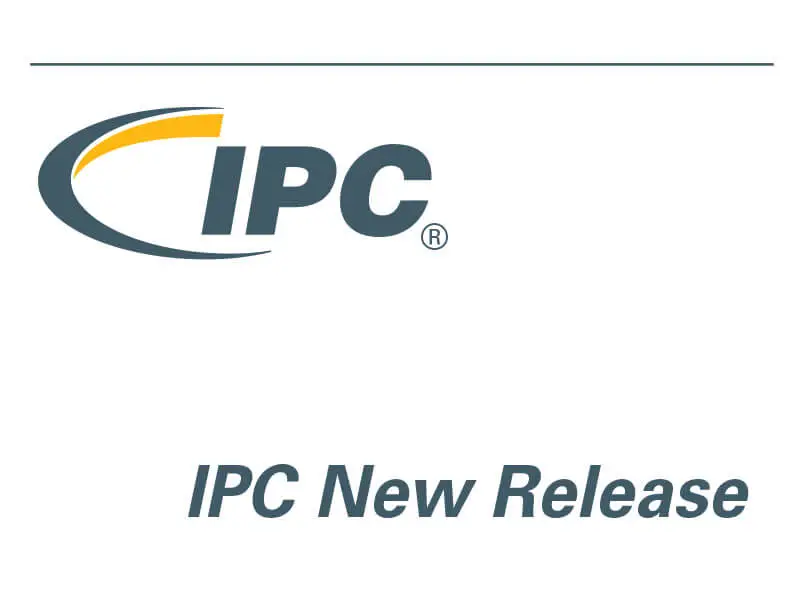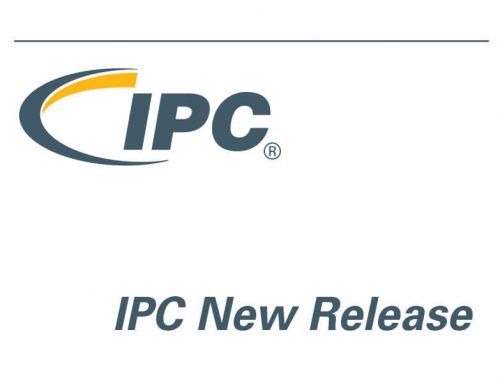The IPC-A-610 standard is the most widely used electronics assembly acceptance document. Updated with participants from 17 countries providing input and expertise, this document brings the latest criteria along with many new and revised graphics to the industry.
IPC-A-610G Acceptability of Electronic Assemblies
This is a must-have for inspectors, operators and others with an interest in the acceptance criteria for electronic assemblies. IPC-A-610 is developed in synergy with J-STD-001, and for the first time with this revision, IPC/WHMA-A-620.
Number of pages 40. Released October 2017.
1.1 Scope This Standard is a collection of visual quality acceptability requirements for electronic assemblies. This Standard does not provide criteria for cross-section evaluation.
This document presents acceptance requirements for the manufacture of electrical and electronic assemblies. Historically, electronic assembly standards contained a more comprehensive tutorial addressing principles and techniques. For a more complete understanding of this document’s recommendations and requirements, one may use this document in conjunction with IPCHDBK-001, IPC-AJ-820 and IPC J-STD-001.
The criteria in this Standard are not intended to define processes to accomplish assembly operations nor is it intended to authorize repair/modification or change of the customer’s product. For instance, the presence of criteria for adhesive bonding of components does not imply/authorize/require the use of adhesive bonding and the depiction of a lead wrapped clockwise around a terminal does not imply/authorize/require that all leads/wires be wrapped in the clockwise direction.
Users of this Standard should be knowledgeable of the applicable requirements of the document and how to apply them, see 1.3.
IPC-A-610 has criteria outside the scope of IPC J-STD-001 defining handling, mechanical and other workmanship requirements.
Table 1-1 is a summary of related documents.
IPC-AJ-820 is a supporting document that provides information regarding the intent of this specification content and explains or amplifies the technical rationale for transition of limits through Target to Defect condition criteria. In addition, supporting information is provided to give a broader understanding of the process considerations that are related to performance but not commonly distinguishable through visual assessment methods.
Preview the IPC-A-610G table of contents .pdf file.


